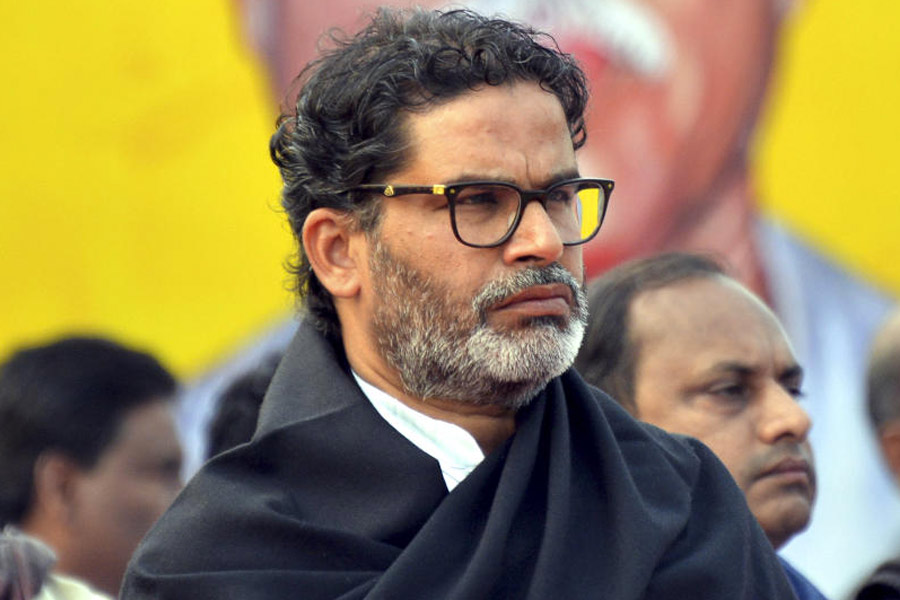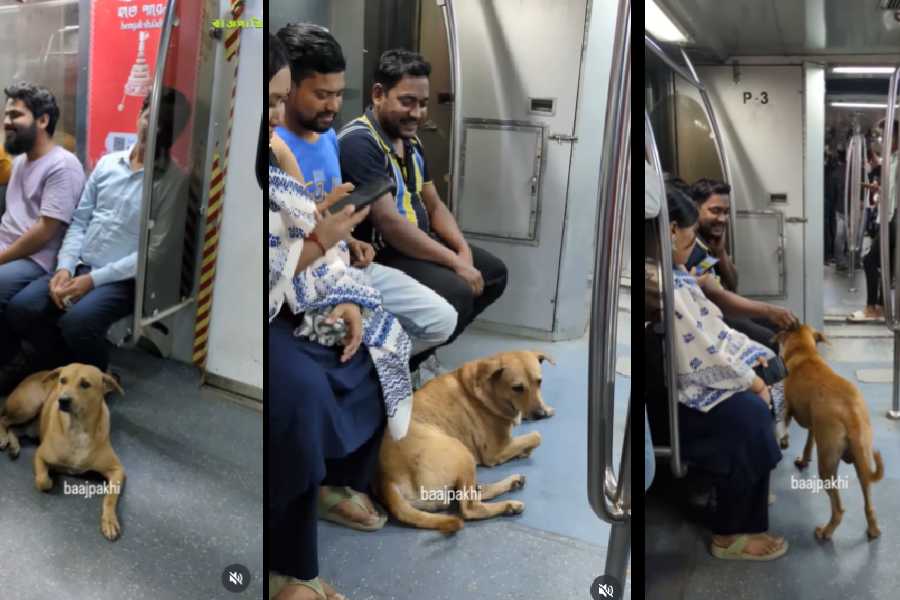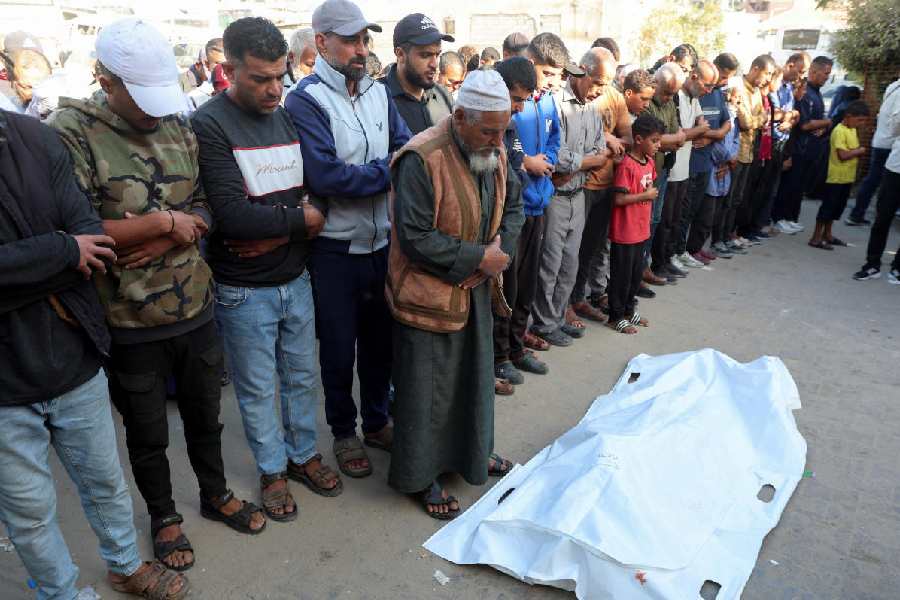

Monsoons are a real test for municipal bodies as heavy downpours regularly inundate roads and lanes of urban cities. Howrah has so long taken the brunt of the monsoons with choked drains, clogged outfall drains and non-functional pumps. Flooded roads are a regular thing in Howrah with residents sometimes having to wade through knee-deep or even waist-deep water. Ground-floors of residences, hospitals, offices go under water for days with contaminated water pouring out of taps. The misery of residents don’t end there as water takes, not hours but days, to recede. Things are made worse by the high tide in the Hooghly. The Howrah civic bodies’ failure to clean the drains, outfall drains, arrange for adequate number of pumps that are capable of pumping out the water all contribute to the monsoon malady.
The new Trinamul Congress civic board in Howrah Municipal Corporation (HMC), has taken over at the end of 2013, and has tried to ensure that the city remained high and dry during monsoon 2015. The overnight rainfall in the middle of June this year caused waterlogging in 15 wards of Howrah. The only saving grace was that the level of water on the streets was only feet-deep and it took a few hours to drain out. This gave a breather to the officials and elected representatives at the civic body.
But that was just a night’s rain and portions of GT Road and Benaras Road went under water. The excuse this time was minor malfunction of a pumping station at Ichhapur. “We have taken prior measures and have made a calculated effort to fight waterlogging. We are expecting a quick disposal of rainwater in 80-90 per cent of the area,” said mayor Rathin Chakraborty.


However, the early July rainfall belied all expectations. The usual areas like Tikiapara, Bamungachi, East-West Bypass, Liluah, Panchanantala Road all went under water (see pictures).
HMC’s monsoon preparations have clearly not been enough. “Howrah is an old city. There are many obstructions in the outflow points, though the civic body has given an honest effort. But we need more time to get 100 per cent success. Water has receded faster than previous years. Yes, there was some waterlogging in stretches such as, Panchanantala Road, Mainak Porel Lane, Belilious Road and Benaras Road. We are going to start operating the new pump house at Panchanantala,” said mayor Rathin Chakraborty.
HMC’s monsoon preparations include repairing of defunct pumping stations and increasing the load of transformers there.
All those pumping stations which were lying defunct were repaired. The low voltage transformers were powered adequately so that the pumps in those areas could dispose of water quickly,” the mayor added.
HMC got into action from late February this year and began desilting all surface drains, small and large, so that these would not overflow during heavy rain. “We have had to hire around 2,000 temporary labourers to desilt the drains,” said Gautam Chaudhury, member of mayor-in-council, conservancy. Like Calcutta Municipal Corporation (CMC), the HMC claims to have de-silted the gully pits and manholes regularly. “We are now using double barrel channels for rainwater drainage and bucket machines have been used to desilt slush and mud from the manholes,” said Chakraborty.


HMC has made an extra effort to make Panchanantala Road free from waterlogging this monsoon. This is one of the key roads in the city that connects different localities. Waterlogging on this road throws the entire traffic out of gear and wards 17, 21 and 24 are badly affected. HMC has started to desilt the drains alongside Bashiruddin Munshi Lane, Gangaram Bairagi Lane to Mainak Porel Lane.
Earlier, Howrah had three pumping stations – all of those are maintained by Calcutta Metropolitan Water & Sanitation Authority (CMWSA). But a new pumping station has been built at Panchanantala Road by Calcutta Metropolitan Development Authority (CMDA) under JNNURM. This new pumping station will release water in the river via Nityadhan Mukherjee Road and Telkalghat Road. An HMC source said, a few other new pumping stations would be set up, one of which would be built in Mainak Porel Lane.
“The drainage condition of Panchanantala is far better this year than before. It had rained the day before the inauguration of Bankim Mela, but the road was dry during the event. There was almost no waterlogging at Ramrajatala and Mainak Porel Lane. I believe, north Howrah may get some waterlogging this monsoon, but water will not stand for long,” the mayor had assured. It is pertinent to mention that in the July rain, Panchanantala was under water (see picture).
The additional areas of HMC — those six wards of 45, 46, 47, 48, 49, 50 – popularly known as added areas are prone to severe waterlogging. Among those five wards, 45, 46 and 50 have poor records of flooding after heavy rainfall. Bhotbagan, Peyarabagan of ward 50, Harekrishna Nagar and Santinagar of ward 45 and Unsani of ward 46 were the worst affected areas there. Country boats had to be pressed into service for rescuing people. The marooned people had to move to local school buildings.

The mayor however gave a message of hope. “Those are low-lying areas. We have started working for upgradation of drainage in added areas. But there are some areas where no drainage system has been laid yet. We are all ready if inundation takes place there,” mayor said.
However, since the Left Front era, HMC’s effort in managing water drainage has been grossly insufficient. According to green activist Subhas Dutta, there are around 374 km of open drains in the HMC area, which overflow whenever it rains heavily. “It is there in the Howrah District Gazetteer that 374 km of open drains often overflowed in the past, because people tend to drop garbage in them, which is a disadvantage of having open drains. A huge volume of domestic waste and factory effluents flow into these drains which is why they are choked,” said Dutta, a resident of Howrah for more than 60 years. The problem has grown with the rapid increase of high-rises and apartments over the last few years.
“Howrah has sloped towards west, with a slide from east to west. There are three waterbodies in Padmapukur, Shanpur and Dumurjala but these are filled to the brim. These waterbodies were catchment areas that helped a lot in rainwater disposal,” Dutta added.
The drainage water outlets are silted and stockpiled with garbage. One of the outlets, Rani Jheel — a vast waterbody at Bamungachhi — was saturated till couple of years ago. But on August 2011, Calcutta High Court directed the Divisional Railway Manager (Howrah) to take necessary steps to clean up Rani Jheel — which falls under the Railways. It has started work.
The other outlet that runs along Drainage Canal Road falling into Pocha Khal before streaming through Nazirgunge into the Hooghly river was choked as well. The state irrigation department has started dredging it. Illegal encroachment on the bank of this canal and garbage dumping has caused a lot of harm.
The sewerage system of Howrah is also very old. The sewers are silted and ill-maintained by CMWSA. These are blocked and hamper the flow of sewer water into the river. But now some action has been taken by CMWSA to clean it up.


“All this action has been taken because of the arrival of the state secretariat to Howrah. Nabanna has brought a lot of change. Chief minister Mamata Banerjee has allotted Rs 20 crore for revamping the drainage system,” said Ashok Das, a north Howrah resident.
Last year, a high powered committee has been formed comprising officials of Howrah Municipal Corporation (HMC), Howrah Improvement Trust (HIT), State Irrigation Department, CMWSA, CMDA, South Eastern Railway to work on keeping Howrah free of waterlogging.
The committee scrutinized the reasons for waterlogging and found that the drains flowing under the rail tracks were not cleaned properly. The main reasons for waterlogging in wards 3, 6, 7, 8, 10, 15 and 50 are those silted drains that run under the rail tracks.
In order to keep waterlogging at bay at Belgachhia, Benaras Road, A Road, B Road, C Road, K Road, Q Road, Mainak Porel Lane, Ghoshpara, Bamungachhi and some other areas that fall under wards 7 and 8 of HMC, the civic body desilted a 2,000sq meter pond near Belgachhia trenching ground so that stagnant water can be pumped into the pond which will finally drain into Pocha Khal.
The most waterlogged areas of north Howrah are wards 1, 2, 3, 5, 8, 9, 10, 11 and 12 in which Chotelal Mistri Lane, Lalbehari Colony, Bamungachhi, Guha Road, Mainak Porel Lane, Fakirbagan Lane, Ghoshpara and Tinkarinath Bose Lane were worst affected. GT Road has also been the worst victim of waterlogging over the years.
“The new civic board has promised to change the scenario here. We have seen waterlogging in north Howrah from our childhood. Let us see what they can do,” said Ajoy Roy, a local resident.
Central Howrah virtually turns into a swimming pool every monsoon, especially in wards 19, 20, 21 and 22. Here Panchanantala Road, Deshpran Sashmal Road, East-West Road and Belilious Lane usually go under waist-deep water. Most of the drains overflow here with water entering the ground floor of the houses. “A cloudy day is enough to flood this area of Panchanantala. No rain is needed,” said Dutta.











